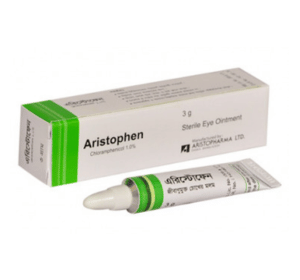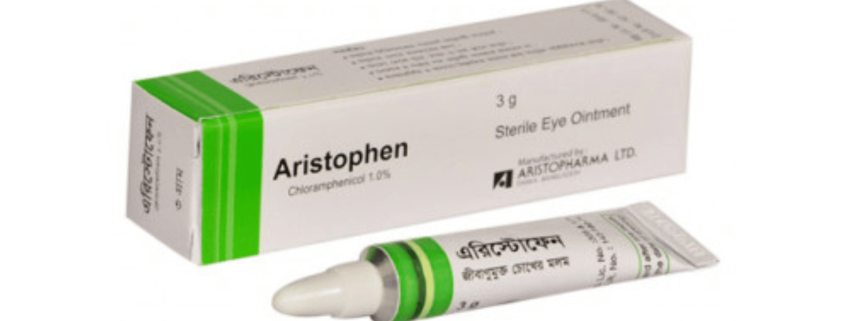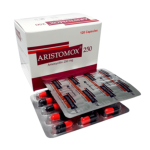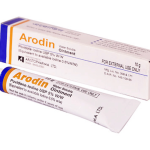Aristophen (Chloramphenicol)

Aristophen (Chloramphenicol)
Indications
Bacterial infections of the anterior segment of the eye (cornea, conjunctiva, uvea anterior), lids and tear ducts. Infection prophylaxis pre and post operatively, after chemical or other burns. Trachoma, herpes zoster ophthalmicus. For prophylactic and therapeutic irrigation of the tear ducts. Chloramphenicol is indicated if the infective agent is resistant to other antibiotics.
Dosage & Administration
Eye drops: Insert one drop into the conjunctival sac 2-4 times per day. In acute cases up to 1 drop every hour. In order to keep the systemic resorption as low as possible, the tear flow should be blocked by pressing with the finger on the side of the nose, near to the corner of the eye, for 1-2 minutes after instillation.
Contrainidications
Hypersensitivity to the ingredients of this drug.
Acute intermittent porphyria.
Severe blood disorders and hepatic dysfunctions due to bone marrow depression.
New-born babies.
Family history of bone marrow depression.
Side effects
Shortly after application a slight burning sensation and a bitter taste in the mouth may occur. Allergic reactions in the form of palpebral eczema have been reported in rare cases. Partially irreversible hematodyscrasia (aplastic anemia, pancytopenia, leukopenia, thrombocytopenia, agranulocytosis) has been observed in isolated cases following topical use of Chloramphenicol. However, the severity and the moment of manifestation of such partially irreversible and lethal effects did not correlate with the commonly elevated dosage used in these studies.
Neuritis nervi after topical use of Chloramphenicol has been reported in isolated cases which recovered after discontinuation of the treatment.
Description
Chloramphenicol is a low molecular weight, predominantly lipophilic antibiotic and is effective against Gram-positive and Gram-negative bacteria, and also against spirochaete, salmonella, rickettsiae and chlamydiae (trachoma). The mechanism of action has been shown to be by selective inhibition of bacterial protein synthesis. Chloramphenicol is moderately effective against Proteus, Serratia, Klebsiella, Enterobacter, E. coli, Staph. aureus, Enterococci, Streptococci, Salmonellae, Haemophilus influenzae and diplococci. Chloramphenicol is ineffective against Pseudomonas, Mycobacterium, fungi and Protozoa. Known resistance to this antibiotic has not changed significantly in recent years. Chloramphenicol penetrates the cornea thoroughly and therapeutically effective



